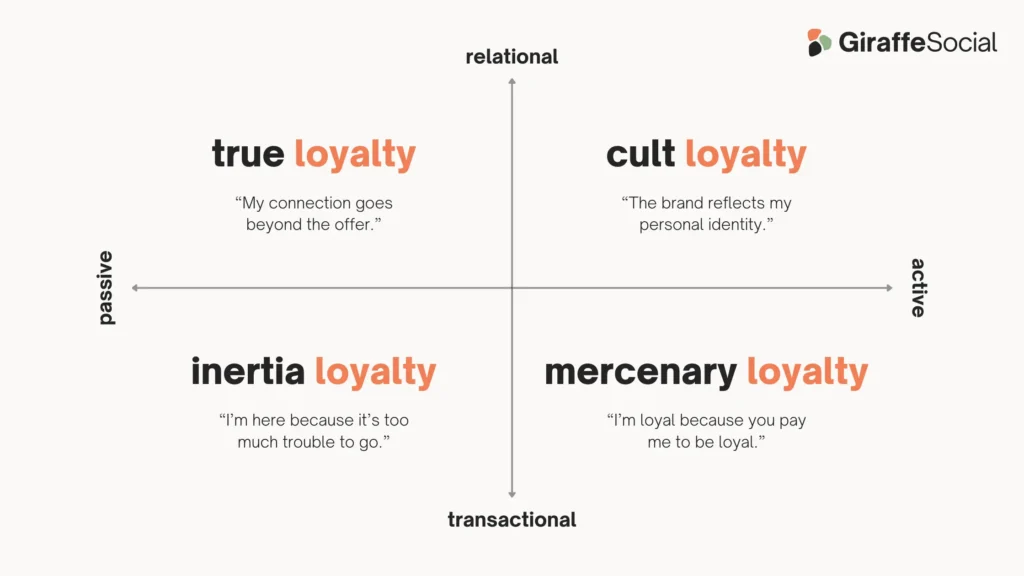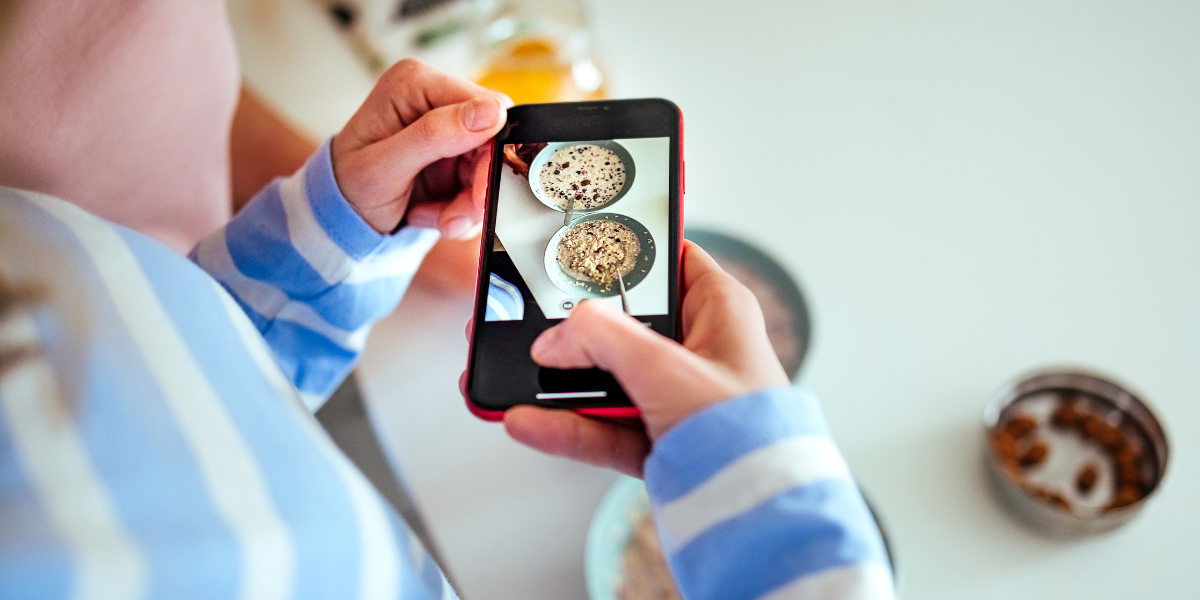Customer advocacy is one of the most powerful marketing methods besides influencer marketing and user-generated content. It involves “real people” boasting about your product or services on social media. In this blog post, we’ll cover how to turn customers into raving fans.
Identify your ambassador profile.
Deliver a brand experience that they love.
Offer them an incentive to share (and make it easy).
Reward them for it.
Why do you need brand advocates?
With customers becoming increasingly more sceptical about the content they see online, it’s refreshing to see “real people” talk about a brand simply because they love it. The challenge with using influencers or UGC creators is that they will always start with ‘AD’.
Customer advocacy improves the perception of your brand, increasing trust, authenticity, and organic reach. But not every customer who loves your brand will become an ambassador on social media. So how do you get your happy customers talking about you on socials?
4 steps to turn customers into brand ambassadors
1. Identify your ambassador profile
Not every happy customer will become your brand ambassador on social media – and that’s okay.
Maritz identifies 4 types of customer loyalty based on whether it’s relational or transactional, and passive or active. These 4 groups are all motivated by different reasons and not all of them will become your ambassadors even if they are your loyal customers.
Below we’ll look at how these translate to social media brand advocates.
True Loyalty
These are the people who love your brand and continue being your customers, but they don’t usually share it publicly.
Inertia Loyalty
These are the people who don’t necessarily love your brand, but they don’t dislike it either. They stay because it’s convenient and are not likely to talk about you on social media as they don’t have a strong connection to your brand
Cult Loyalty
These are your superfans who love your brand because it aligns with who they are. This kind of loyalty is active, meaning they are most likely to talk about your brand just because it’s a token of who they are.
Mercenary Loyalty
These are the people who are most motivated by incentives. They probably won’t talk about you on social media unless you give them a specific reward for it.
How to identify your brand ambassadors
- Conduct customer surveys.
- Check your social media tagged section.
- Notice people who often engage with your content.
- Find your most in-depth positive online reviews.
- Talk to your audience via .direct messages
2. Deliver a brand experience that they love
Meet their needs when, where, and how they want them to be met.
Customer experience spans across the whole customer journey from the moment they are first introduced to you, to the after-sale support. Customer experience is not just about giving them a great service, but the holistic experience they have with your brand.
Your brand experience should be crafted keeping your ideal target audience in mind, and give them a compelling reason to share it.
Spotify Case Study
Each year, Spotify gives its users a personalised yearly roundup which became so popular that many other brands followed suit. Spotify users are mainly quite young and avid users of social media. The roundup is in the style of Instagram stories, which feels natural and fun to their target audience. And because they love it, they want to share it with their friends!
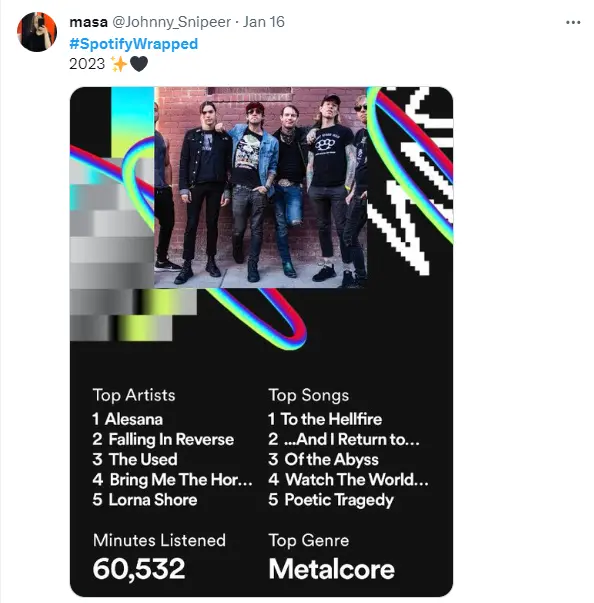
How to deliver an exceptional brand experience
- Understand your customer’s values, needs, and wants.
- Craft every step of your customer journey to address that.
- Go above and beyond.
- Build customer relationships beyond the point of sale.
- Personalise their experience.
3. Offer them an incentive to share (and make it easy)
Now you know who your ideal brand ambassadors are, and you’ve given them an exceptional experience, it’s time for you to offer them an incentive to make it social.
Enzoani Bridal Case Study
Enzoani, a global bridal brand, has a dedicated brand hashtag for customers to use when they post their stunning wedding photos on social media. #EnzoaniRealBride has over 30K features on Instagram. The reason it works is that the best photos get a chance to be featured on Enzoani’s Instagram profile to almost 400K followers. Who wouldn’t want to show off their dream wedding gown and have thousands of people admiring it?
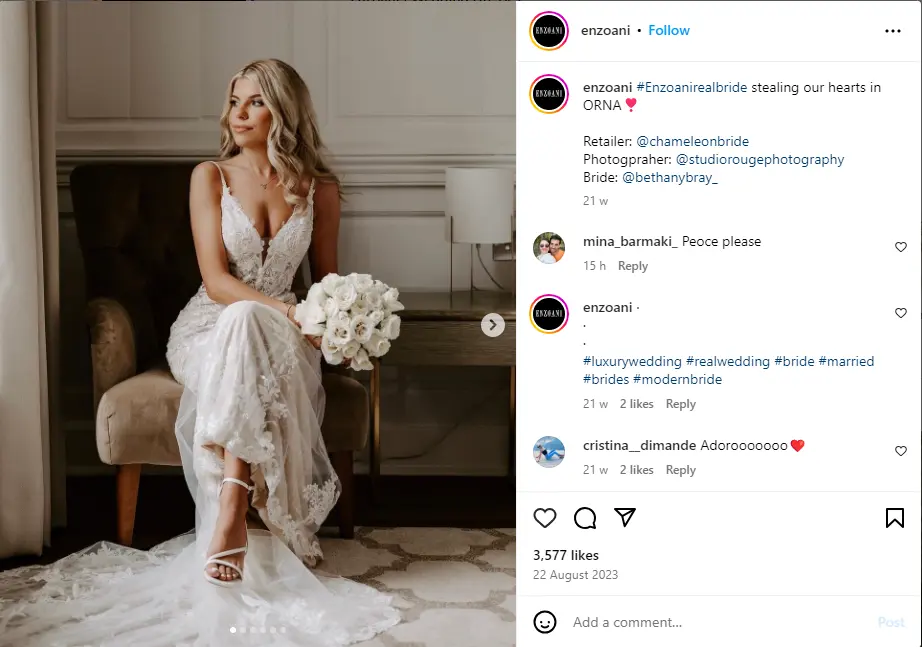
How to choose your incentive
- Create a branded hashtag for a chance to get featured.
- Offer a discount in exchange for a mention.
- Create a referral program and encourage the customer to share their unique discount code.
4. Reward them for it
Create a marketing campaign featuring your brand advocates. 86% of consumers in a Bulbshare survey expressed that they are more likely to buy something that shows real people interacting with it.
La Roche Posay Case Study
La Roche Posay recently did a social media campaign featuring influencers but also real people sharing their skin stories. They invite their audience to share their own story via a DM, using the hashtag #skinlifechangers. Some of these people and stories are featured in their campaign. Apart from the campaign resonating with their audience, it also helps them identify who their ideal brand ambassadors are.
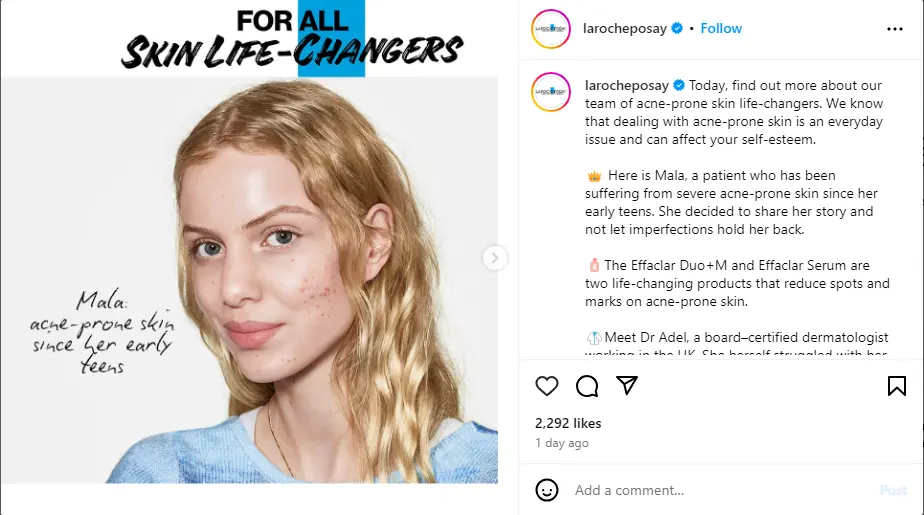
how can a social media agency help?
- Develop an effective brand ambassador strategy for social media.
- Identify your potential brand ambassadors and cultivate relationships for long-lasting partnerships.
- Interact with your audience daily through community management.
- Review and repurpose user-generated content.
- Create successful campaigns featuring your brand ambassadors.
Key takeaway
Your brand advocates sharing your brand on social media is only the tip of the iceberg. It all start with a great product and service that aligns with your target audience’s values. Only then you can strategically incentivise your loyal customers by either focusing on their value alignment with your brand, or the transactional value they get from sharing your brand.




